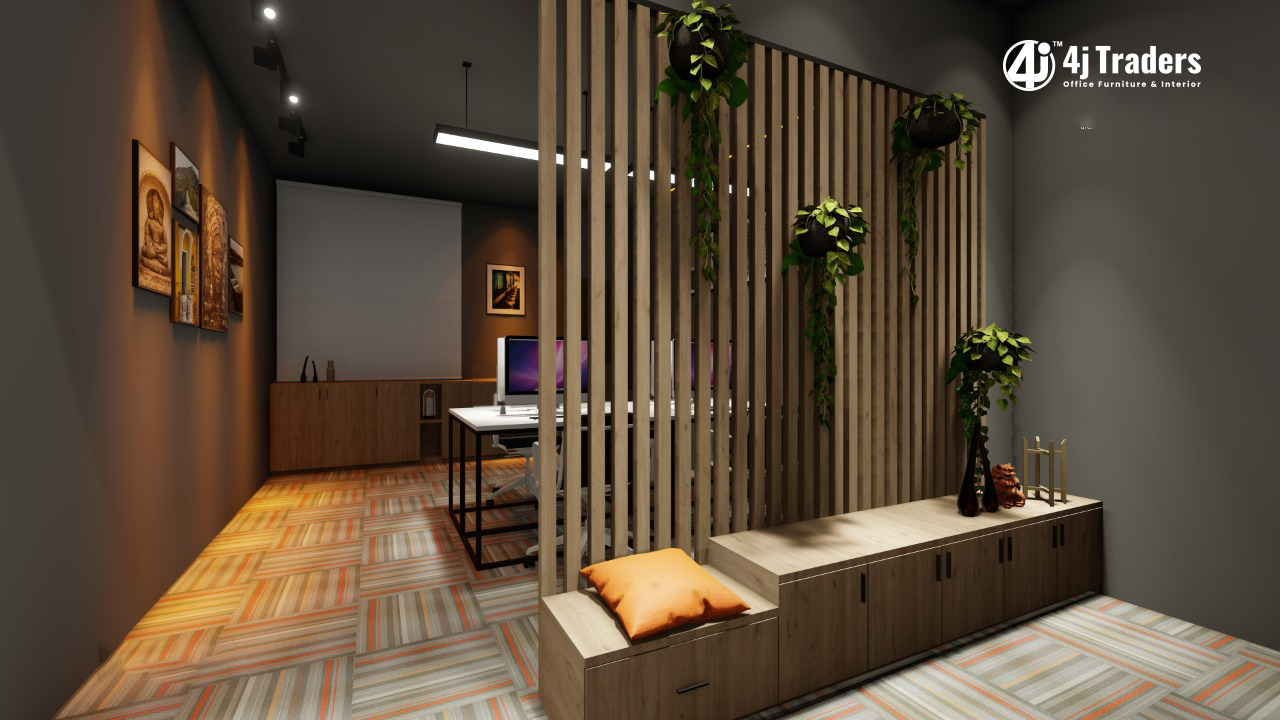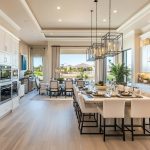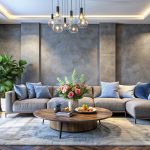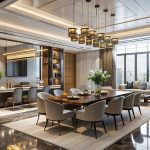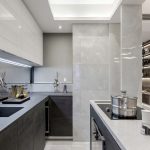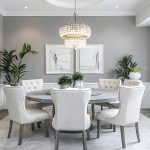n today’s fast-paced world, the spaces we occupy—whether at work, at home, or in public venues—must serve a dual purpose: functionality and comfort, without compromising on style. As our expectations for interior environments evolve, so too does the need for designs that are not only practical but visually appealing and emotionally nurturing.
Here, we explore the top functional design trends that beautifully merge style and comfort, transforming interiors into spaces that work for people, not just around them.
1. Ergonomics First: Designing with Wellness in Mind
A major trend in modern interior design is the focus on ergonomics—a principle once limited to office chairs but now extending across entire environments. Whether it’s adjustable desks, lumbar-supporting seating, or even the placement of lighting and technology, the goal is to reduce physical strain and enhance well-being.
-
Why it matters: An ergonomic space doesn’t just feel better—it boosts productivity, reduces fatigue, and encourages better posture.
-
Style tip: Choose furniture that pairs ergonomic design with aesthetic finishes like wood textures, metal accents, or muted fabric tones for a clean, modern look.

2. Biophilic Design: Bringing the Outdoors In
Biophilic design continues to gain traction as people crave deeper connections with nature—even indoors. This trend incorporates natural elements like plants, natural lighting, wood, and stone into interior spaces to foster a calming, restorative atmosphere.
-
Why it matters: Studies show that biophilic environments reduce stress, improve mood, and even enhance cognitive function.
-
Style tip: Think beyond potted plants—integrate green walls, bamboo flooring, or large windows to let in sunlight and outdoor views.
3. Minimalism with Warmth: Clean, But Not Cold
Minimalist interiors have long been associated with functionality, but newer approaches emphasize warmth and personality. Instead of stark whites and clinical finishes, designers are now embracing earthy tones, natural materials, and tactile fabrics.
-
Why it matters: A minimal yet inviting space feels organized without being sterile.
-
Style tip: Use layered textures (linen, leather, wool) and soft lighting to add depth and coziness to minimalist designs.
4. Flexible Layouts for Multi-Use Spaces
Especially in workspaces and homes, flexibility is king. The rise of open-plan layouts and modular furniture means that rooms can easily transform based on different needs—meetings, lounging, focused work, or socializing.
-
Why it matters: Functional layouts allow for better use of space, increased collaboration, and adaptability to different tasks or moods.
-
Style tip: Use movable partitions, nesting tables, and stackable seating to create dynamic, style-consistent zones.
5. Smart Design: Integrating Technology Seamlessly
Technology is an inescapable part of modern life, and the best functional designs integrate it seamlessly rather than making it the focal point. Hidden cable management, wireless charging stations, voice-controlled lighting, and smart HVAC systems are all part of the new design lexicon.
-
Why it matters: Tech-savvy interiors support productivity and convenience without clutter or visual noise.
-
Style tip: Choose tech that blends with the décor—think devices in matte finishes, concealed speakers, or custom cabinetry to house smart panels.
6. Sustainable and Ethical Choices
As awareness grows about environmental impact, more people are seeking eco-friendly materials and sustainable design solutions. From recycled furniture to energy-efficient lighting, today’s functional interiors often double as green initiatives.
-
Why it matters: Sustainable design supports long-term health—for both people and the planet.
-
Style tip: Use reclaimed wood, bamboo, recycled metal, or low-VOC paints to enhance both aesthetic and eco-values.
7. Color Psychology and Mood-Driven Palettes
Colors influence how we feel, think, and behave. Modern design trends are leaning toward mood-driven color palettes that are both visually pleasing and emotionally supportive.
-
Why it matters: Thoughtfully chosen colors can improve focus, calm anxiety, or boost energy.
-
Style tip: Use blues and greens for calmness, warm neutrals for comfort, or pops of yellow and orange to energize collaborative spaces.
8. Hospitality-Inspired Comfort in the Workplace
More offices are adopting a “resimercial” style—a blend of residential and commercial design—to create spaces that feel inviting and human-centric. Think plush seating, cozy corners, and curated artwork.
-
Why it matters: Employees perform better when they feel comfortable and inspired by their environment.
-
Style tip: Incorporate soft furnishings, accent lighting, and thoughtful details like coffee nooks or bookshelf displays to soften traditional office aesthetics.

